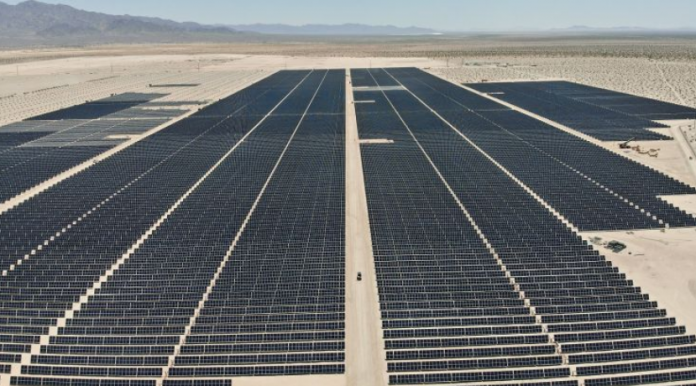- In line with QP’s policy of creating low carbon energy, some 800MW electricity is to be generated from Siraj, near Al Kharsaa, from photovoltaic solar technology
Qatar Petroleum aims to play a vital role in shaping the future of global energy delivery by developing substantial solar capacity around the region, QP said in its latest Sustainability Report.
In line with its policy of creating low carbon energy, some 800MW electricity is to be generated from Siraj, near Al Kharsaa, from photovoltaic solar technology. Additional PV solar capacity of two 400 MW plants at QP industrial cities is currently in the planning stage and earmarked to come online before 2025, QP noted.
Renewables are the fastest-growing energy source in the world and can potentially fulfil between 36% and 67% of global electricity demand by 2040. Solar energy is expected to generate 19% of total global power by 2040 under the sustainable development scenario (SDS).
“We quickly adopted renewables, making them a key component of our climate roadmap, leading to a more diverse energy mix by actively promoting the development and introduction of new forms of alternative energy,” QP said.
Through its interest in the Siraj venture, QP has committed to an ambitious solar plant project, which is currently under construction and will employ photovoltaic (PV) solar technology to generate 800MW of electricity near Al Kharsaa, Qatar.
The total capacity will be implemented over two phases – with Phase 1 delivering 400MW in 2021 and Phase 2 scheduled for completion a year later.
Additional PV solar capacity of two 400MW plants at QP industrial cities is currently in the planning stage and earmarked to come online before 2025. Electricity produced from these plants will be used to supply planned LNG and petrochemical expansion projects, QP noted.
According to the Sustainability Report, In 2019, QP completed feasibility study for the QP Industrial Cities Solar Project, which recommended the suitable PV solar technology. It also secured the land required within RLIC and MIC concession areas and will start screening around grid connectivity.
“Our ambition is to increase our renewable capacity by two to four GW by 2030 (including Siraj and QP Industrial Cities projects). NFE LNG expansion and RLPP upcoming petrochemicals complex will be powered by solar energy from the QP industries Solar Project, thereby reducing our indirect emissions in RLIC,” QP noted.






